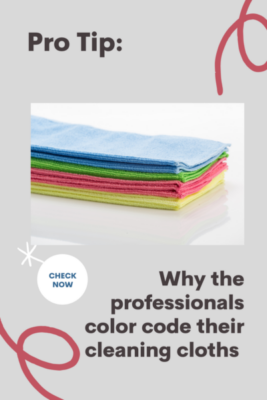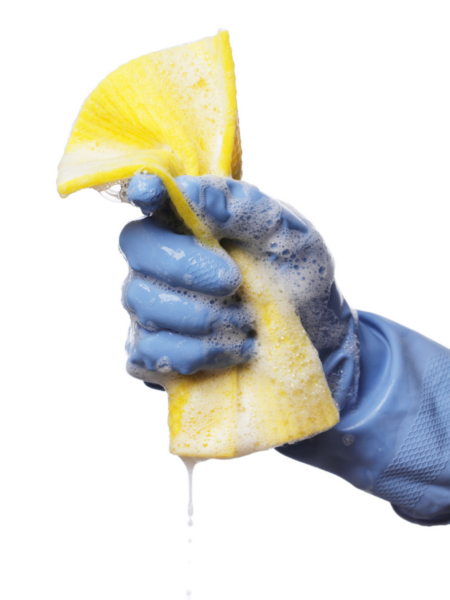Cleaning
Why You Need A Simple Colour Code For Cleaning Cloths Right Now!
Did you know that you should be using a colour code for cleaning cloths to prevent cross-contamination in your home? Have you ever wondered how professional cleaners stop spreading bacteria and faeces from one home to the next?
When I ran my cleaning company, limiting cross-contamination was a huge factor in stopping disease and dirt from being passed from one home to another. Clients wanted to be reassured that we aren’t using the same cleaning cloths to clean the kitchen that we had used to clean the toilet and believe me, that did happen with some of the less reputable cleaners!
How can we make sure that cross-contamination doesn’t happen in our homes? In this post, I’ll explain the most common ways that cross-contamination happens within the home and how you can help prevent it using a colour code for cleaning cloths.
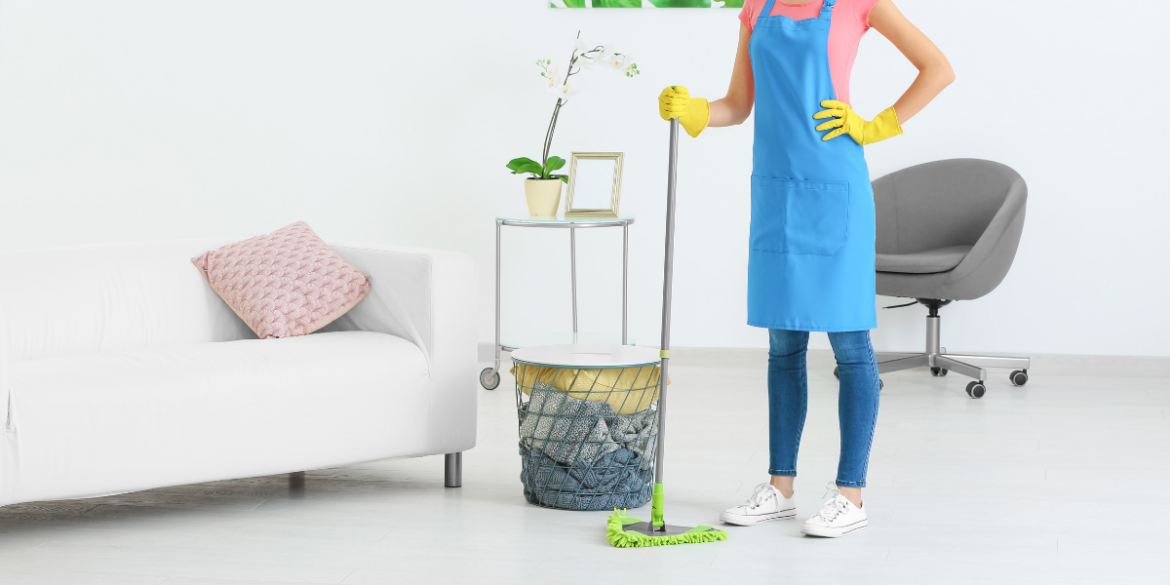
As an Amazon Associate I earn from qualifying purchases.
What is cross-contamination?
Cross-contamination is when bacteria or other microorganisms are unintentionally transferred from one substance or object to another, with harmful effects. A common example is the transfer of bacteria between a bathroom and kitchen if someone forgets to wash their hands and cooked food.
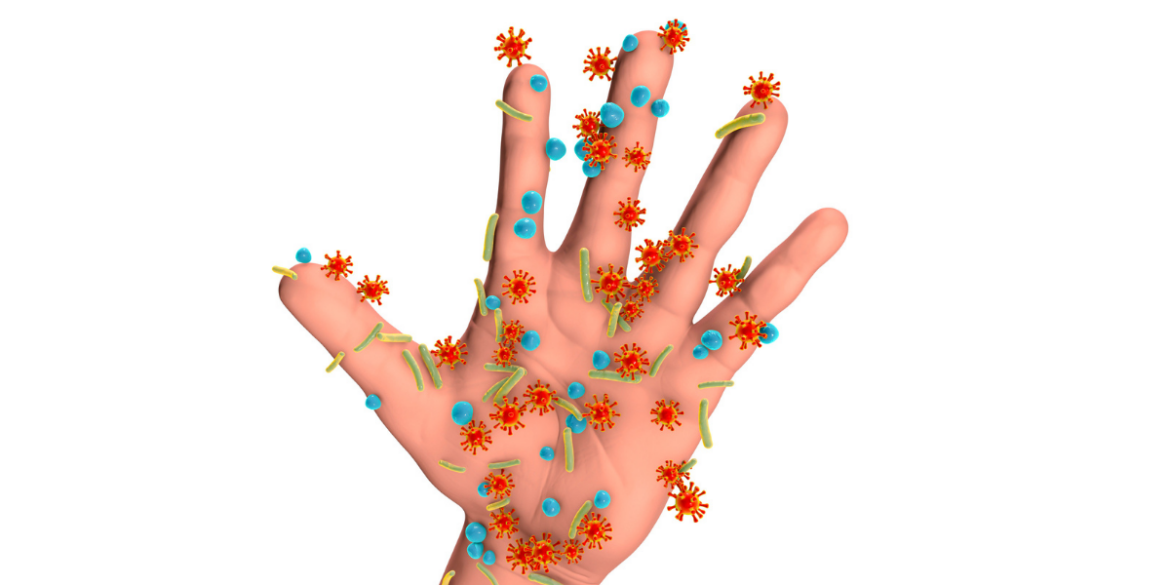
There are four main types of contamination:
- Chemical
- Microbial
- Physical
- Allergenic
Chemical: Often happens when food is contaminated by chemicals such as cleaning fluid.
Microbial: A good example of this would be mobile phones being used within hospitals, spreading bacteria into a sterile environment.
Physical: If a fly laid its eggs in some food, that would be an example of physical contamination.
Allergenic: This may occur when a food allergen is passed to another food allergen, for instance, food containing nuts.
Click here to read more about cross contamination
Examples of cross-contamination
- Handling food after using the toilet without properly washing your hands.
- Sneezing into your hands then touching a food preparation surface.
- Touching raw meats and then handling cooked meats without washing hands between tasks.
- Wiping a counter with a kitchen towel and then using it to dry your hands.
Cross contamination symptoms
- Nausea.
- Vomiting.
- Stomach pains.
- Diarrhea.
- Feeling weak.
- Fever or chills/sweating.
- Headache.
Cleaning equipment that may cause cross-contamination:
- Brushes or brooms
- Cloths /cleaning rags microfiber cloth
- Cleaning trucks or carts
- Mops
- Buckets
- Sponges
- Cleaning products
- Paper towels
- Water
Cross contamination in housekeeping
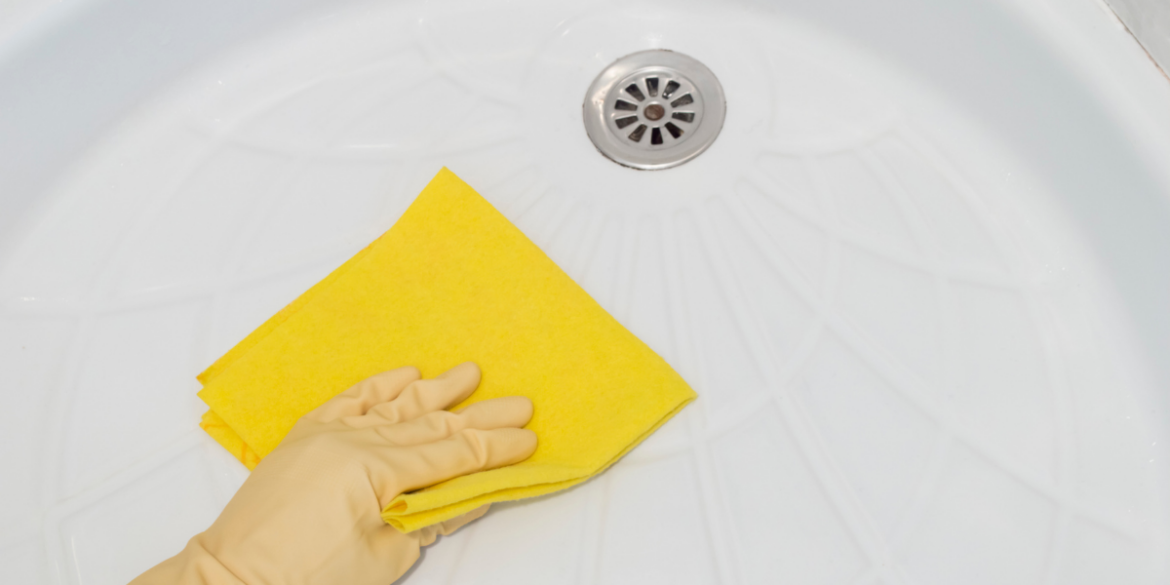
Cleaning cloths, rags, sponges and paper towels
Cleaning cloths are such an easy way for germs and bacteria to be spread around the home. All it takes is for a clean rag or cloth to be laid on a dirty surface or to be used to wipe a kitchen counter or a high chair, and there is a potential hazard.
I have heard stories about cleaners cleaning the bathroom then rinsing out the cloth to clean the kitchen, and I’m sure it goes on, but I cannot stress enough how important it is to have color-coded cleaning cloths and mops.
I prefer to clean the lower risk rooms first, then work my way through to clean the higher risk areas such as the bathroom last. Changing my cleaning cloths and equipment as I go.
Brushes
Using the same scrubbing brush or broom to clean the bathroom floor and the kitchen floor is a sure way to spread bacteria. It goes without saying that indoor and outdoor surfaces should not be cleaned with the same broom.
Cleaning trucks or carts and cleaning products
Wheeling a cleaning truck from a dirty area to a clean area will certainly cause cross-contamination. Another hazard is resting cleaning caddies down in high-risk areas such as a bathroom floor then placing the same caddy upon a kitchen work surface where food will be prepared. The same principle can be applied to cleaning products and buckets which may have been used in higher-risk areas.
Water
This is an unusual one, but I felt like I needed to include it here because I have heard about some worrying cases of people carrying a bucket of water around the home to clean each room without changing the water in between.
Some of my clients have told me about their previous cleaner’s habits that would make your hair curl! It goes without saying that if you do clean with a bucket of water, you must change the water after every few minutes and definitely before moving onto the next room.
Using a colour code for cleaning cloths and equipment is essential to help prevent the spread of bacteria within the home
Professional colour code for cleaning cloths
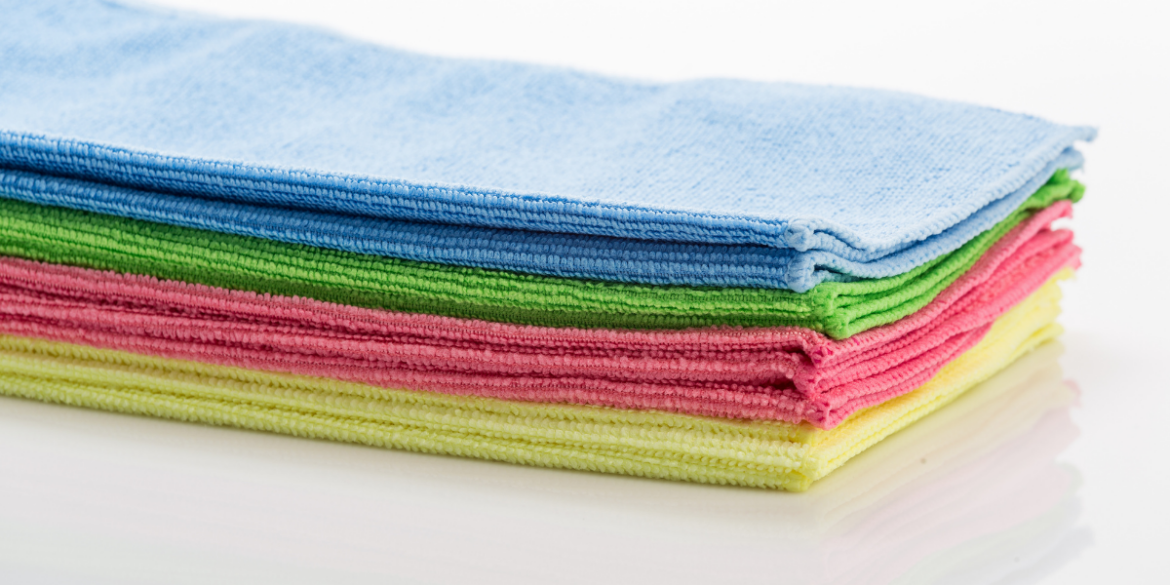
Professional cleaners use a special colour coding system that ensures that equipment is only used in designated areas to reduce cross-contamination risk.
- Blue: Suitable for low-risk areas
- Green: General food preparation areas
- Red: High-risk areas such as toilets, bathrooms, and wet rooms
- Yellow: Suitable for washbasins and work surfaces in a bathroom.
How to use a colour code for cleaning cloths in your home
How to use different color coded towels and mop heads for cleaning
- Use a flat mop with a removable head
I use the ecloth mop, which has detachable mop heads, making it easy to change the mop head after cleaning each area. You can find the mop heads here. They are easy to throw in the washing machine however you should make sure you air dry the mopheads as they shrink in the tumble dryer.
Read all about the ecloth mop here. - Use different coloured cleaning cloths
Follow the advice listed above to color code your cleaning cloths for each area you are cleaning. You can find the cloths I use here
Blue: Suitable for low-risk areas
Green: General food preparation areas
Red: High-risk areas such as toilets, bathrooms, and wet rooms
Yellow: Suitable for washbasins and work surfaces in a bathroom - Store all your cleaning equipment seperately.
Ensure that all bathroom cleaning equipment is kept in the bathroom and not moved to other areas of the house.
I prefer not to use a cleaning caddy as I find that it can transfer bacteria from one room to another. - Use ribbon or tape to colour code your equipment
Bathroom cloths, mop heads, and brushes should either be red or have a piece of red tape or ribbon tied around the handle so you can distinguish them easily.
Colour coding your cleaning equipment can also help other members of the family identify the correct tools when helping to clean the home. - Clean kitchen work surfaces from front to back
All kitchen cloths and equipment should be green or marked with green tape or ribbon.
Kitchen surfaces should be wiped from the back to the front in large sweeping movements from right to left. This helps to stop bacteria from getting smeared all over the countertops.
Make sure that you follow the manufacturer’s instructions and allow a dwell time when using a disinfectant.
I use separate mop heads for cleaning floors, and the water should be changed every 30 feet.
For the rest of the house, I use blue cloths and blue mop heads. - Wash cleaning cloths seperately
I prefer to wash my cleaning cloths by color too, to make sure there is no contamination during the washing process. I clean my cloths on the highest and longest wash possible and make sure they are not washed with anything else.
Preventing cross-contaminating is pretty much common sense. Stick with color-coded cleaning cloths and mops, and make sure you stick within the cleaning zones.
Now you’ve read about the color code for cleaning cloths why not read How To Clean Skirting Boards Without Bending Down
What do you think about color-coded cleaning cloths and equipment? Let us know in the comments!
